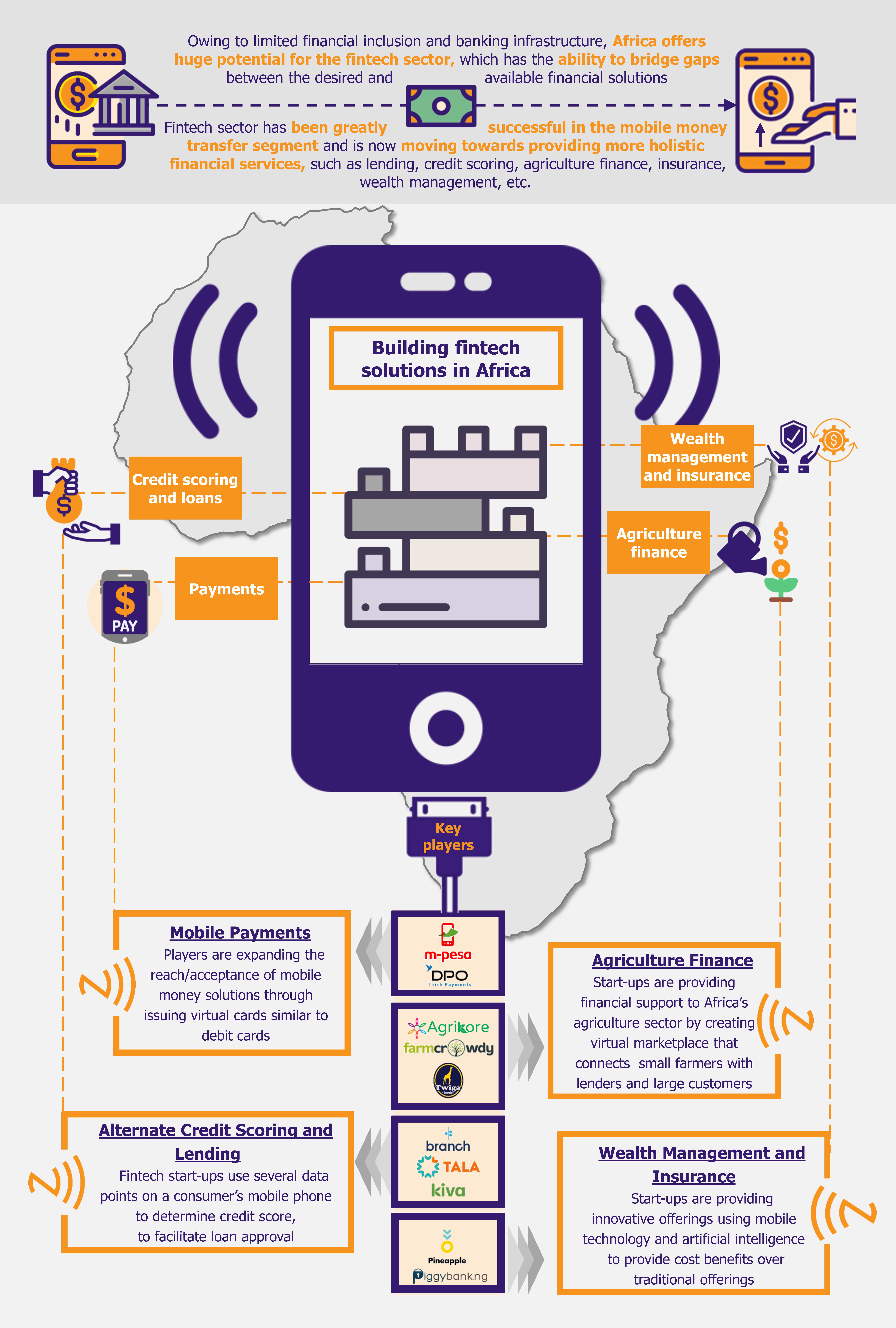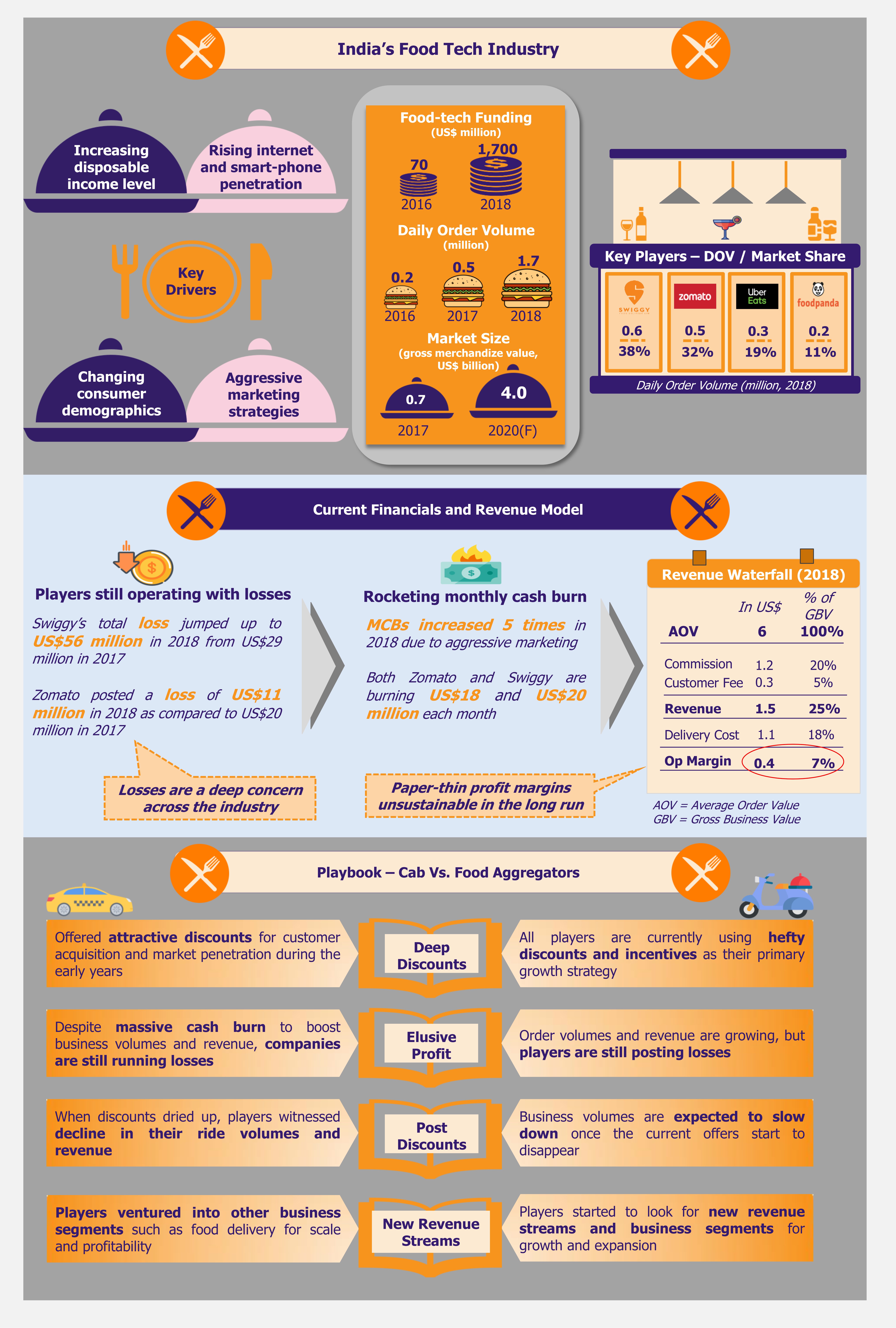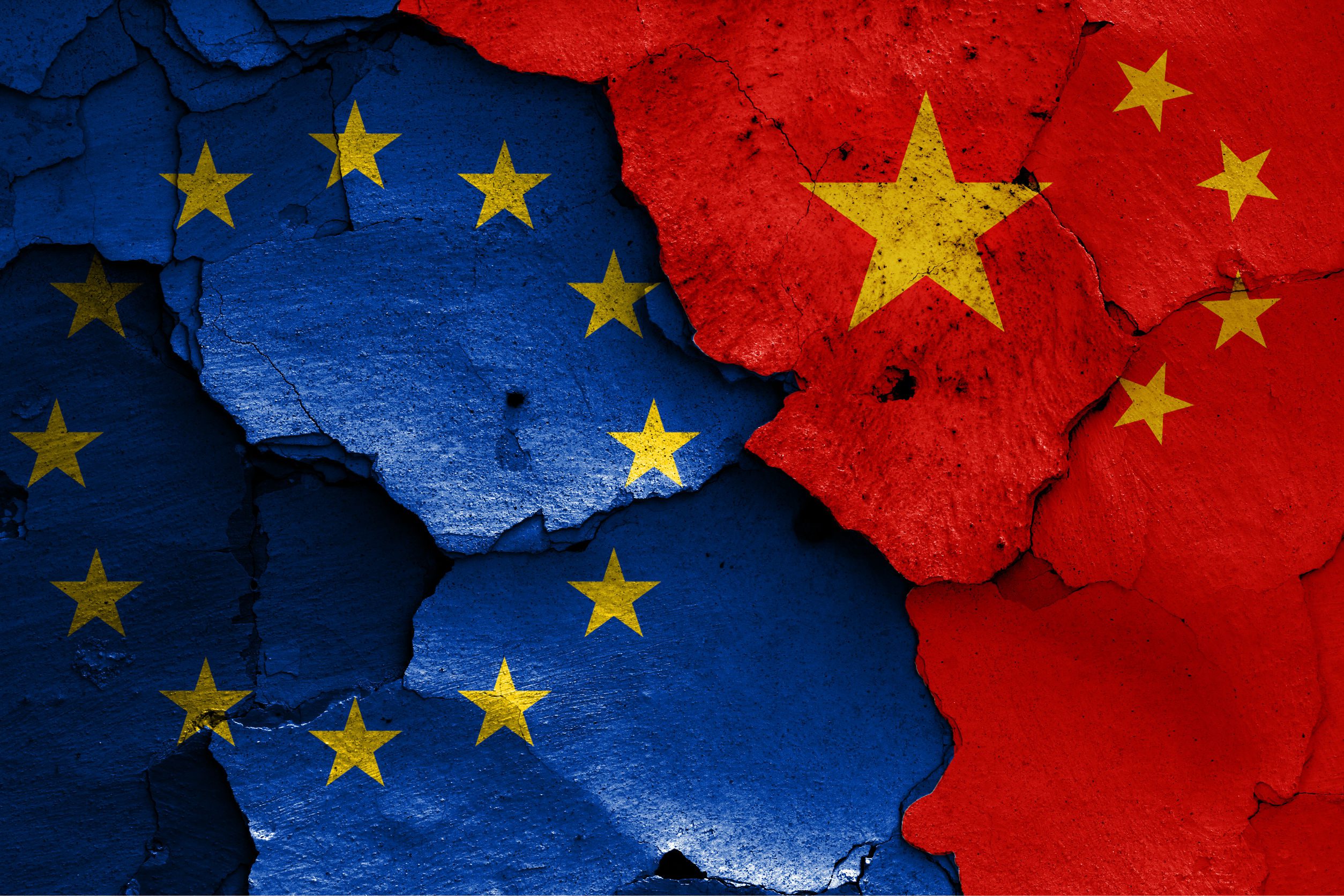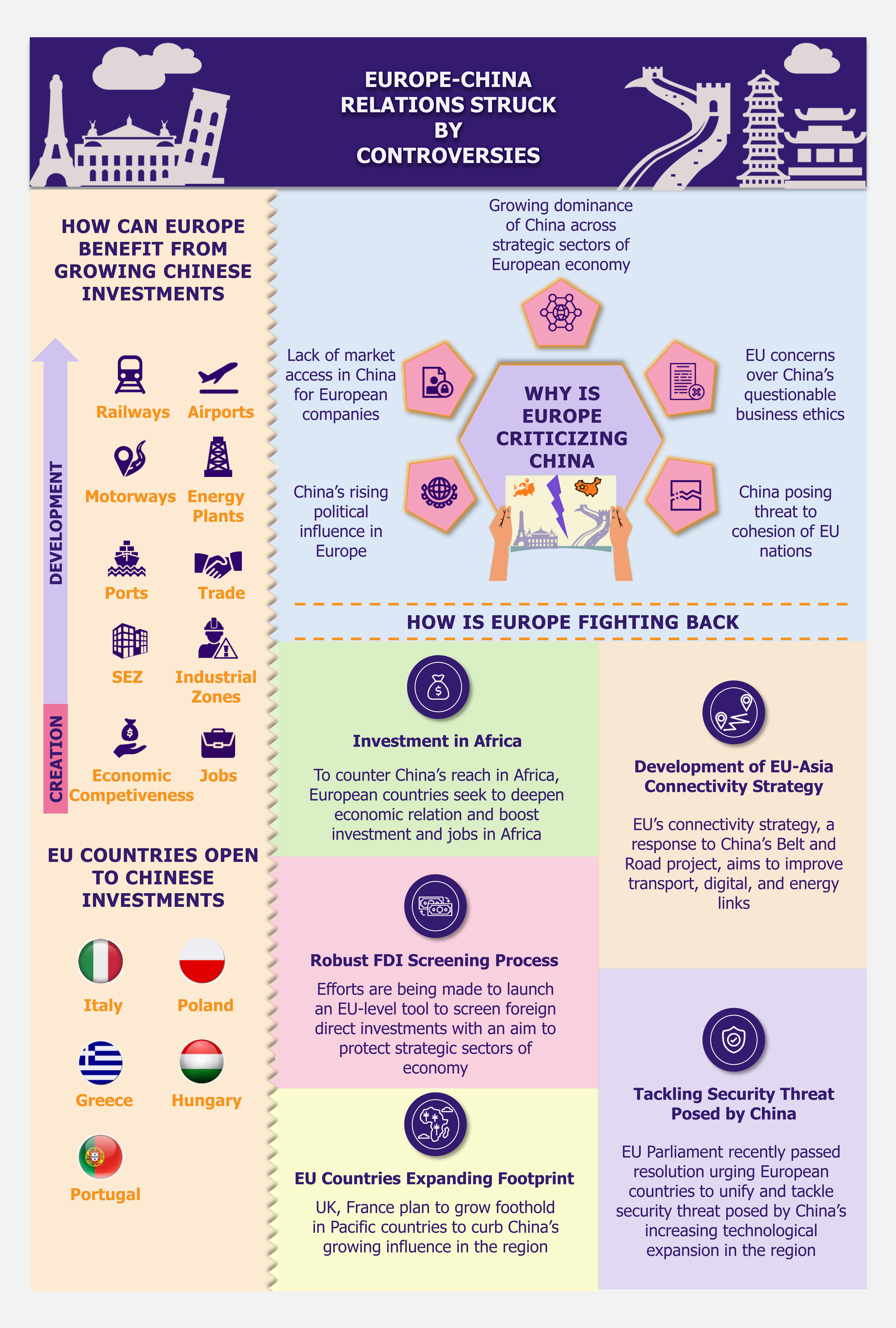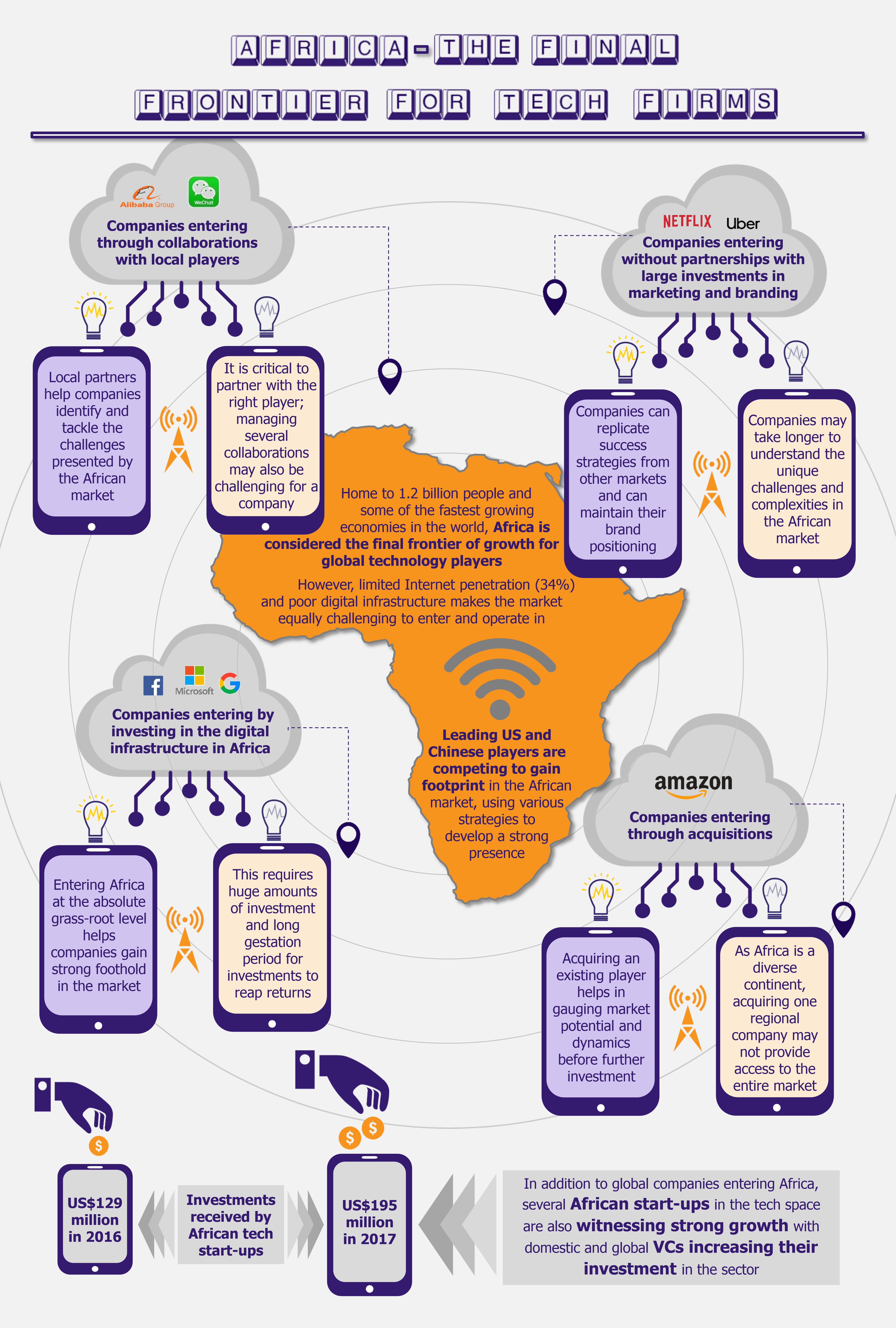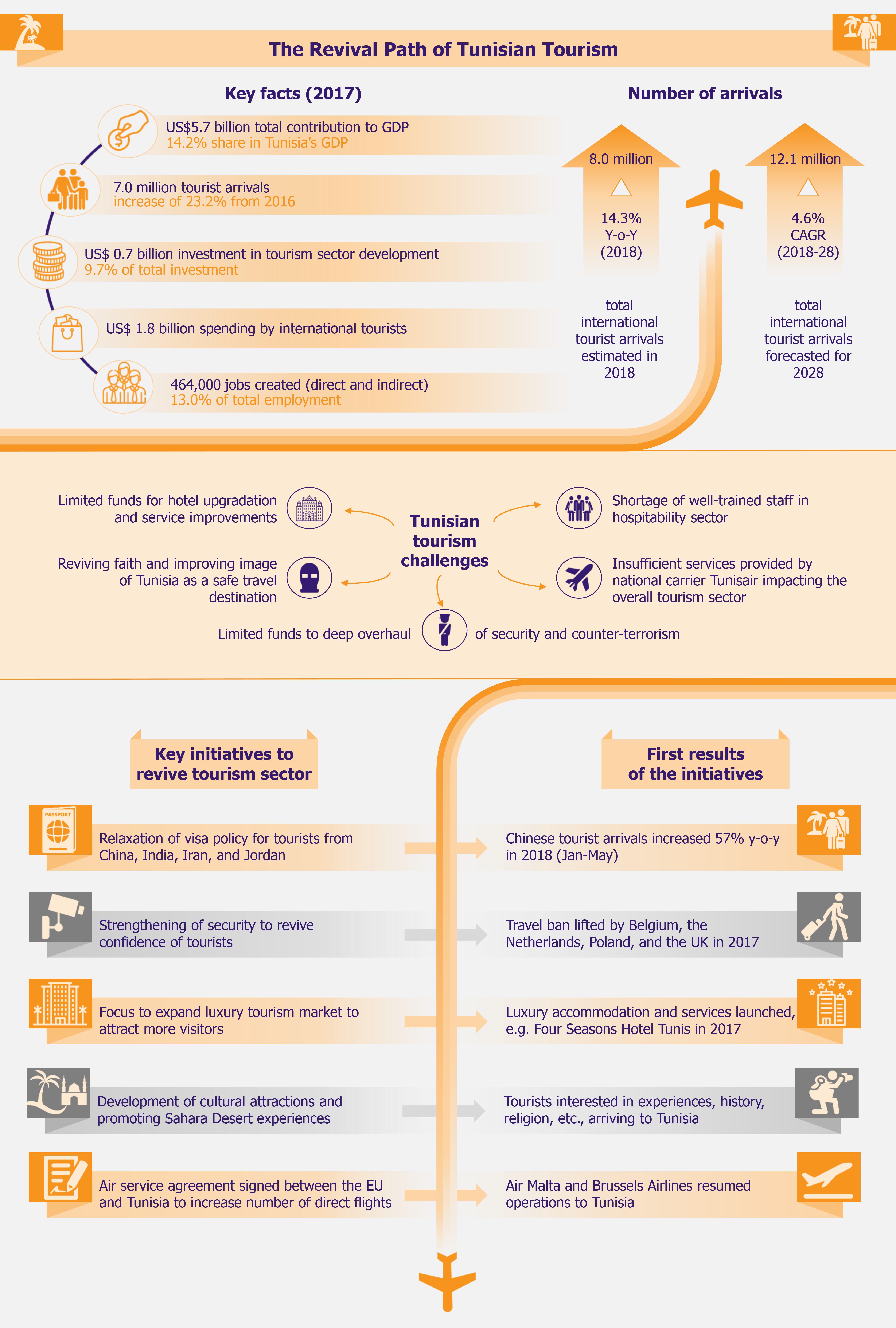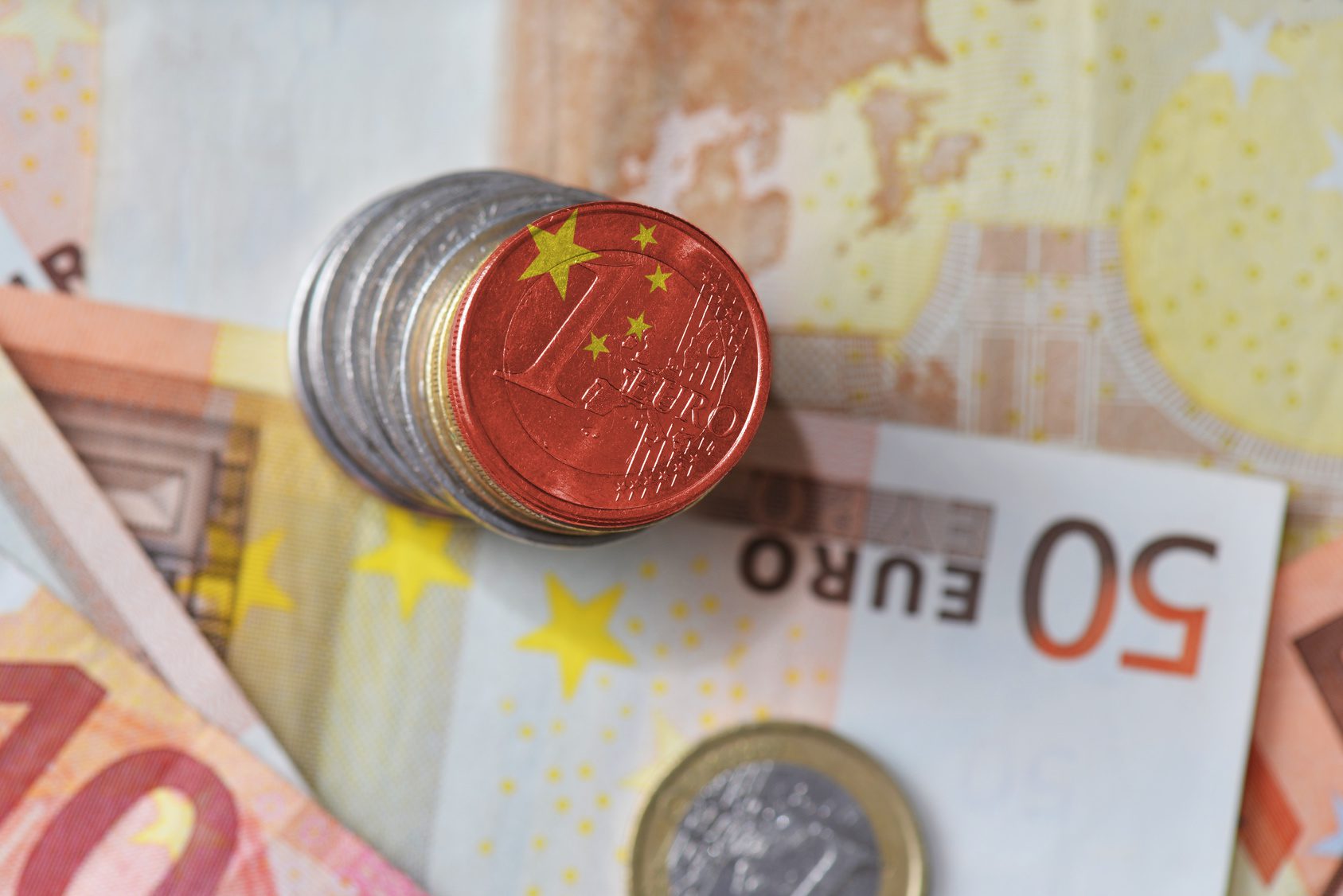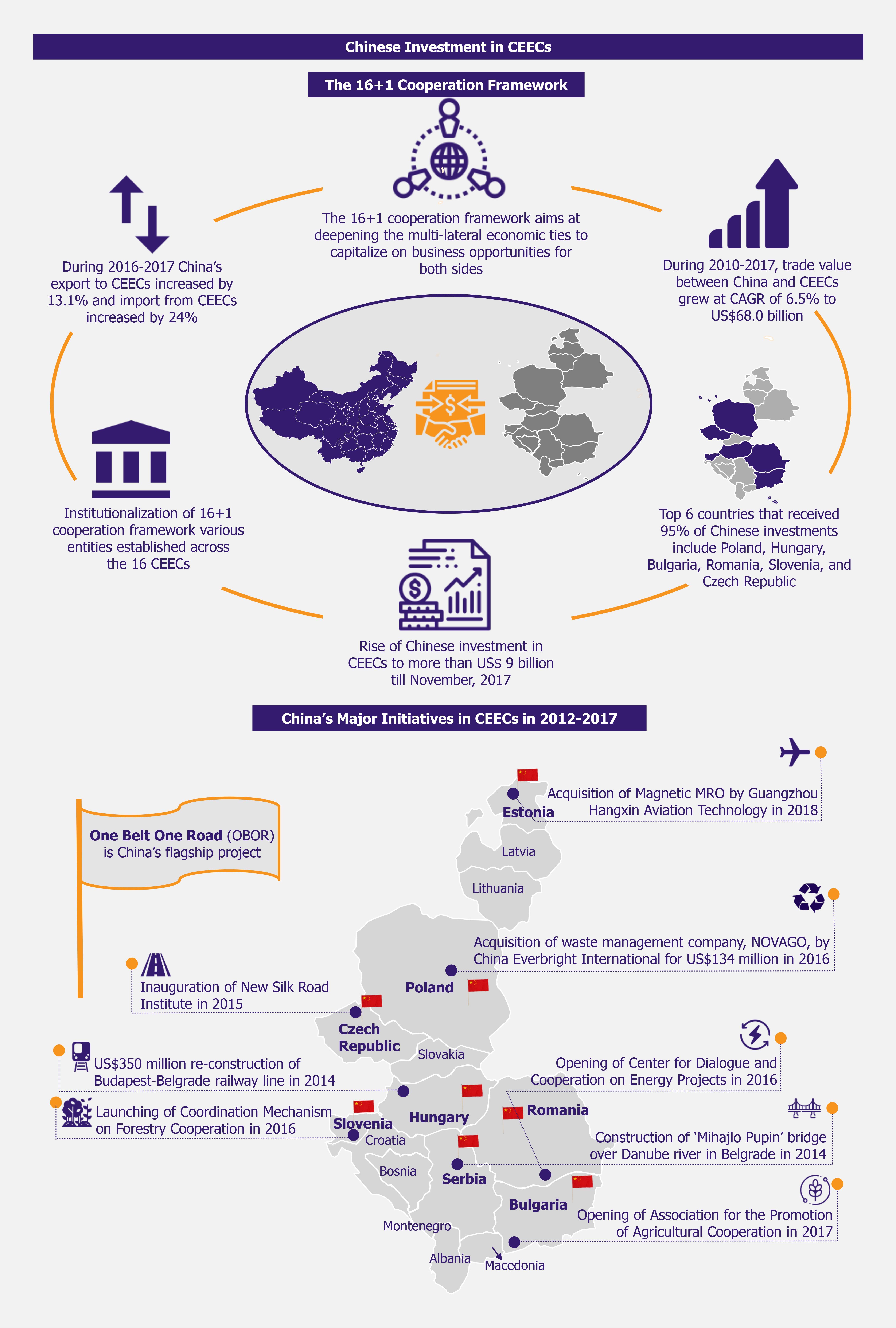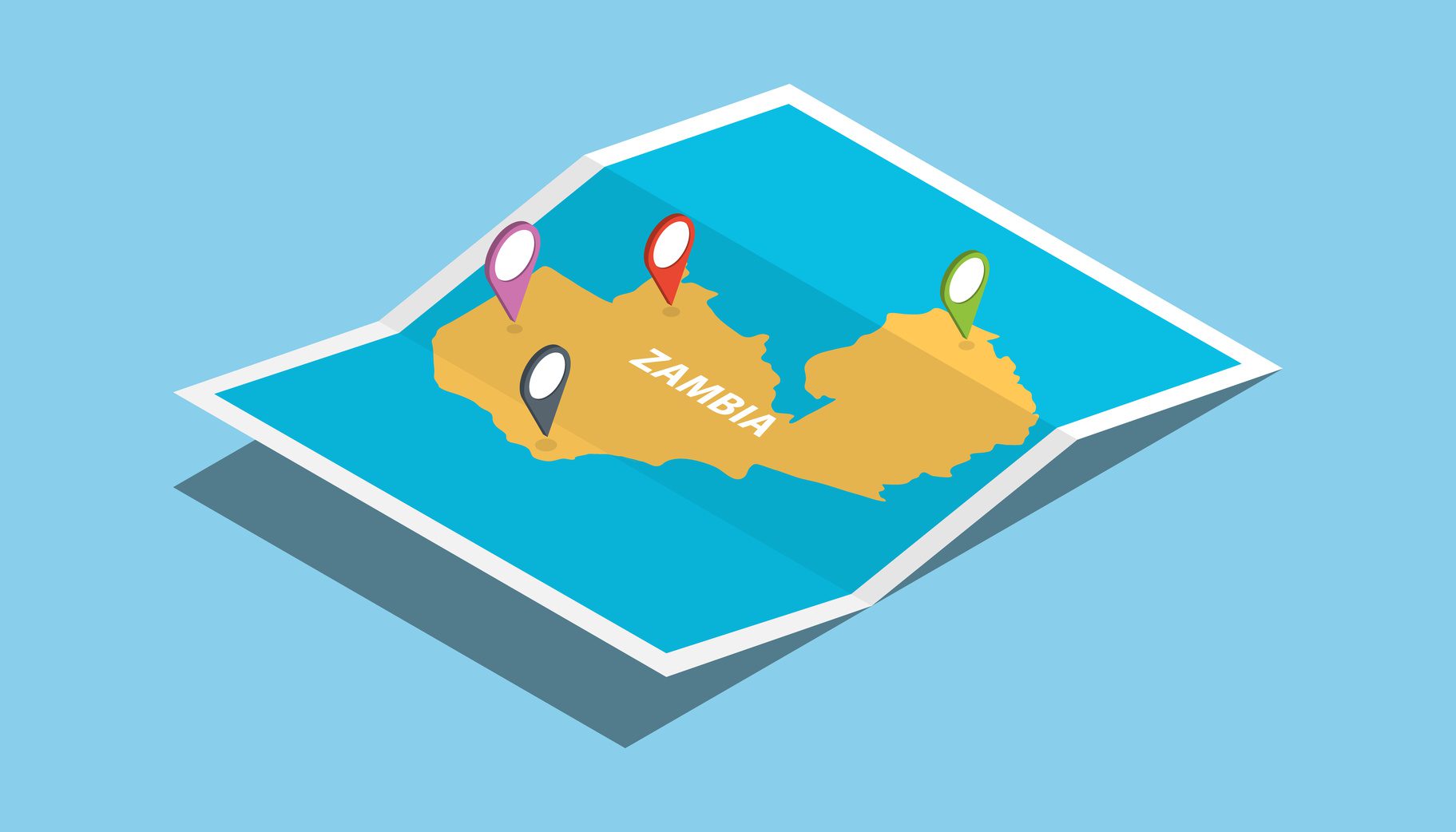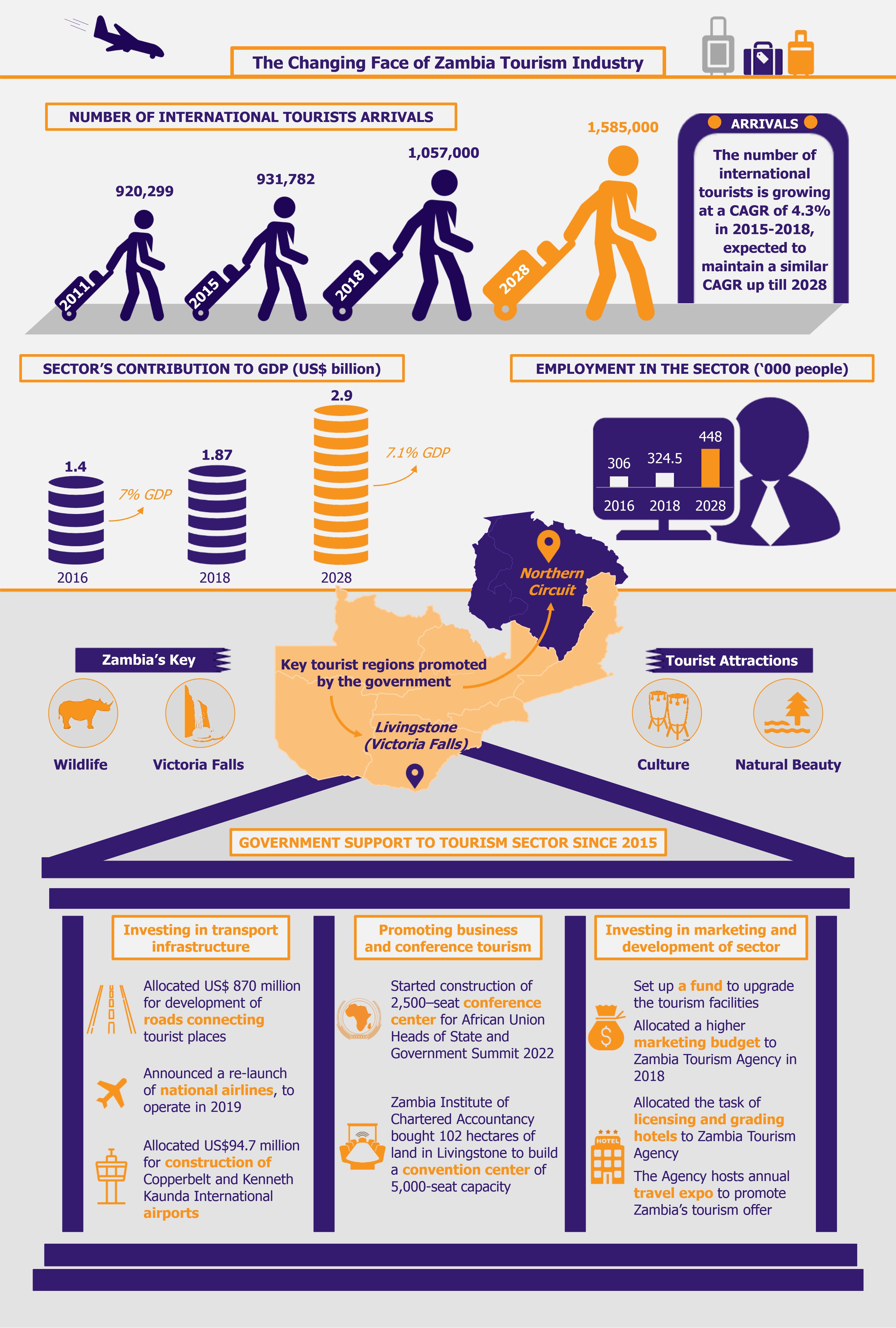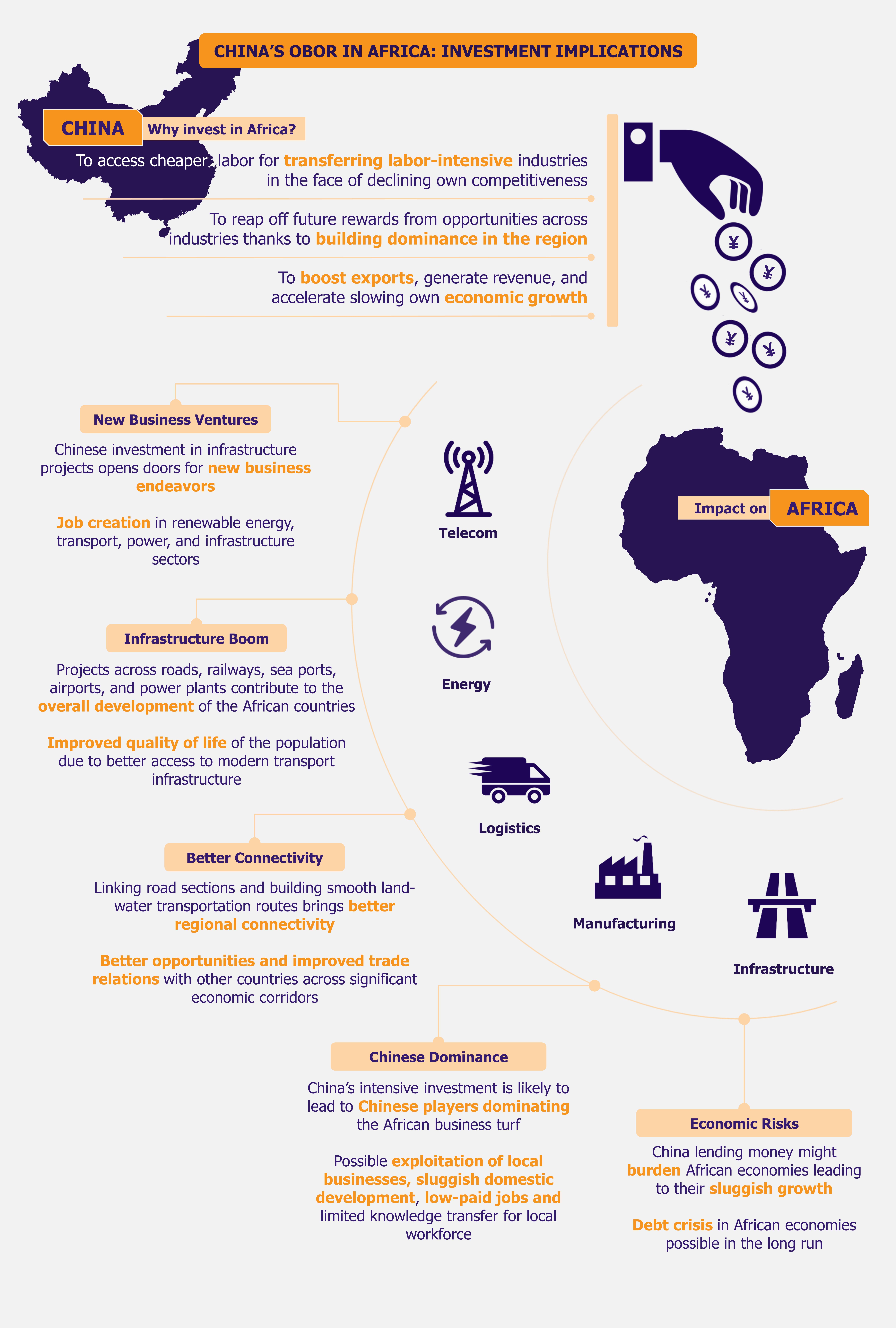Fintech is certainly not a new concept in the African region. More than that: Africa has been a global leader in mobile money transfer services for some time. The market continues to evolve and the regional fintech players are now moving beyond just basic payment services to offer extended services, such as credit scoring, agricultural finance, etc. With Africa being significantly unbanked and still lacking financial infrastructure, fintech industry is at a unique position to bridge the gap between consumer needs and available financial solutions.
The African subcontinent is much behind many economies when it comes to financial inclusion and banking infrastructure owing to low levels of investment, under-developed infrastructure, and low financial literacy ratio. As per World Bank estimates, only about 20% of the population in the sub-Saharan African region have a bank account as compared with 92% of the population in advanced economies and 38% in low-middle income economies.
Related reading: Fintech Paving the Way for Financial Inclusion in Indonesia
This gap in the formal banking footprint has been largely plugged by the fintech sector in Africa, especially with regards to mobile payments. While in the developed economies, the fintech sector focuses on disrupting the incumbent banking system by offering better services and lower costs, in Africa it has the advantage of building and developing financial infrastructure. This is clear in the uptake of mobile fintech by the African population, making Africa a global leader in mobile payments and money transfers.
While in the developed economies, the fintech sector focuses on disrupting the incumbent banking system by offering better services and lower costs, in Africa it has the advantage of building and developing financial infrastructure.
However, mobile payments have simply been the first phase in the development of digital finance in Africa. The penetration and mass acceptance of mobile wallets have opened doors for the next phase of digital financial services in Africa. These include lending and insurance, agricultural finance, and wealth management.
Moreover, owing to the success achieved by mobile wallets, global investors are keenly investing in fintech start-ups that are innovating in the sector. For instance, Venture capital firm, Village Capital, partnered with Paypal to set up a program named Fintech Africa 2018. The program aims to support start-ups across Kenya, Nigeria, South Africa, Ghana, Uganda, Rwanda, and Tanzania, which provide financial services beyond mobile payments (especially in the field of insurtech, alternative credit scoring, and fintech solutions for agriculture, energy, education, and health).
Agricultural finance
Agriculture is the livelihood of more than half of Africa’s workforce, however, due to limited access to finance and technologies, most farmers operate much below their potential capabilities. Due to this, Africa homes about 60% of the world’s non-cultivated tillable land.
However, in recent years, several established fintech players as well as start-ups have built solutions to provide financial support to the region’s agricultural sector.
In late 2018, Africa’s leading mobile wallet company, Cellulant, launched Agrikore, a blockchain-based digital-payment, contracting, and marketplace system that connects small farmers with large commercial customers. The company started its operations from Nigeria and is expected to commence business in Kenya in the second half of 2019.
Under their business model, when a large commercial order is placed on the platform, it is automatically broken into smaller quantities and shared with farmers on the platform (based on their capacity and proximity). Once the farmer accepts the order for the set quantity offered to him, the platform connects the farmer with registered transporters, quality inspectors, etc., who all log their activities on the blockchain and are paid through Cellulant’s digital wallets. All this is done on a blockchain to ensure transparency.
Related reading: Connecting Africa – Global Tech Players Gaining a Foothold in the Market
Another Nigeria-based company, Farmcrowdy, has been revolutionizing financing in Nigeria’s local agriculture sector by connecting small-scale farmers with farm sponsors (from Nigeria as well as other regions), who invest in farm cycles. Farmers benefit by receiving advice and training on best agriculture practices in addition to the financial support. Sponsors and farmers receive a pre-set percentage of the profits on the harvest in that cycle. In December 2017, the company received US$1 million seed investment from a group of venture capitalists including Cox Enterprises, Techstars Ventures, Social Capital, Hallett Capital, and Right-Side Capital, as well as five angel investors.
In addition to these, there are several other players, such as Kenya-based Twiga Foods (that connects rural farmers to urban retailers in an informal market), Kenya-based Tulaa (that provides famers with access to inputs such as seeds and fertilizers, as well as to finance, and markets through an m-commerce marketplace), Kenya-based, FarmDrive (that helps small farmers access credit from local banks through the use of data analytics), etc.
While most ventures in this space are currently based in Nigeria and Kenya, the sector is expected to grow significantly in the near future and is likely to expand into other parts of Africa as well.
In terms of expected trends in services development, with growing number of solutions and in turn apps, it is likely that consumers will tilt towards all-inclusive offerings, i.e. apps that provide solutions across the entire agricultural value chain.
Alternative credit scoring and lending
Large number of Africans have limited access to finance and formal lending options. Since there is a limited number of bank accounts in use, most people do not have a formal credit history and the cost of credit risk assessment remains high. Due to this, large portion of the population resorts to peer-to-peer lending or loans from Savings and Credit Cooperative Organizations (SACCOs), usually at rates higher than the market rate.
Fintech sector has been working towards reducing the cost of credit risk assessment through the use of big data and machine learning. It uses information about a person’s mobile phone usage, payment data, and several other such parameters, which are available in abundance, to calculate credit score for the individual.
Several companies, such as Branch International, have been following a similar model, wherein, through their app, they analyze the information on customer’s phone to assess their credit worthiness. On similar lines, Tala (which currently operates in Kenya), collates about 10,000 data points on a customer’s mobile phone to determine the user’s credit score.
Fintech sector has been working towards reducing the cost of credit risk assessment through the use of big data and machine learning. It uses information about a person’s mobile phone usage, payment data, and several other such parameters, which are available in abundance, to calculate credit score for the individual.
Other business models include a crowdfunding platform, on which individuals from across the world can offer small loans to local African entrepreneurs. Kiva, a global crowd lending platform, has been partnering with several companies across Africa over the past decade (such as Zoona for Zambia and Malawi in 2012) for providing financial support to entrepreneurs. Kiva vets the entrepreneurs eligible for the loan and the loan is repaid over a period of time. Post that lenders can either withdraw the amount or retain it with the company to support another entrepreneur.
Currently, about 20% of all fintech start-ups in Africa are focusing on lending solutions, with investors backing them with significant amount of funding. This is primarily due to a growing demand for financing in Africa. Moreover, limited barriers with regards to regulations for digital lending start-ups also make it easy for companies to enter this space and test the market before investing large sums of money or entering into a partnership with a bank.
This may change in the long run, however, with regulators increasingly monitoring this growing sector. For instance, in March 2018, the Kenyan government published a draft bill under which digital lenders will be licensed by a new Financial Markets Conduct Authority and lenders will be bound by interest rate caps that are set by the authority.
Insurance and wealth management
Apart from agriculture financing and credit scoring and lending, there are several digital start-ups in the space of insurance and wealth management. There are limited traditional solutions for insurance and wealth management in Africa, a fact that presents significant potential for growth in these categories.
South Africa’s Pineapple Insurance is a leading player in the insurtech space. The company operates as a decentralized peer-to-peer insurance company wherein members take a picture of the product they want to insure and the company uses artificial intelligence to calculate an appropriate premium. The premium is stored in the member’s Pineapple wallet and when a claim is paid out, a proportionate amount is withdrawn from the wallets of all the members in that category. Moreover, members can withdraw unused premium deposits at the end of every year making the process completely transparent.
In addition to Pineapple Insurance, there are several other companies that are making waves in the insurtech sector. These include, South-Africa based Naked Insurance (which uses artificial intelligence to offer low cost car insurance), Kenya-based GrassRoots Bim (which leverages mobile technology to develop insurance solutions for the mass market), and Tanzania-based Jamii Africa (which offers mobile micro-health insurance for the informal sector). Companies such as Piggybank.ng in Nigeria and Uplus in Rwanda, also provide digital solutions for savings and wealth management.
Apart from these fintech solutions, a lot of innovations are also taking place in the payments space. Several companies are working towards extending the reach of Africa’s mobile payment solutions. For example, a leading Kenyan mobile payment company, DPO Group, partnered with MasterCard to launch a virtual card that can be topped with mobile money by the end of 2019. The card has a 16-digit number, an expiry date, and a security code similar to a debit card, thereby facilitating transactions beyond Kenya, with rest of the word as well.
EOS Perspective
There is an immense opportunity in the fintech space in Africa at the moment. Most start-ups are currently operating in Kenya, South Africa, and Nigeria, and are expected to move to other parts of the continent once they have achieved certain scalability and outside investment. Having said that, foreign investors are also keenly observing movement in this space and are on the lookout for fresh concepts that have the capability to build new offerings as well disrupt existing financial solutions.
At the same time, with the industry being relatively new, many of its aspects remain unknown, a fact that increases risk of investing in the sector. Currently, a lot of these solutions depend heavily on data (especially through mobile usage). However, there are increasing regulations regarding data privacy across the globe and over the course of time, this trend is also expected to reach Africa.
Moreover, direct regulations regarding the fintech sector may also impact the business of several new players. Currently the companies are evolving fast and the regulators are playing catch-up, however, once the industry becomes seasoned, clear regulations are expected to ensure safety of the money involved. Fintech companies are also vulnerable to risks arising from online fraud, hacking, data breaches, etc., and regulations are extremely important to keep these in check as well.
While the sector enjoys limited scrutiny at the moment, entry and operations may not be as simplistic in the long run as they seem now. Despite this, the sector is expected to prosper and witness further innovation that will drive it into new territories to satisfy the currently unmet financial needs of the African population.





